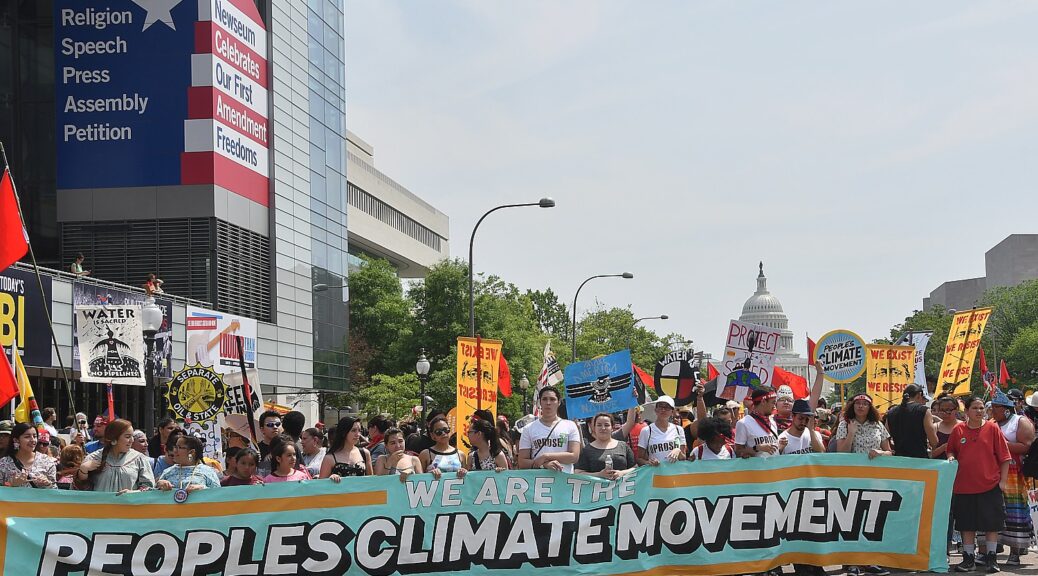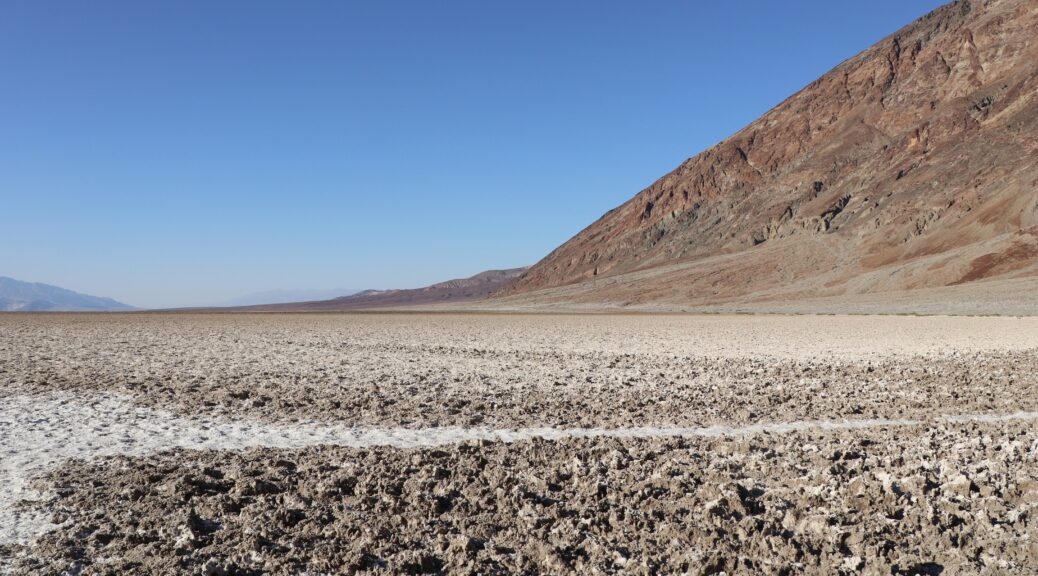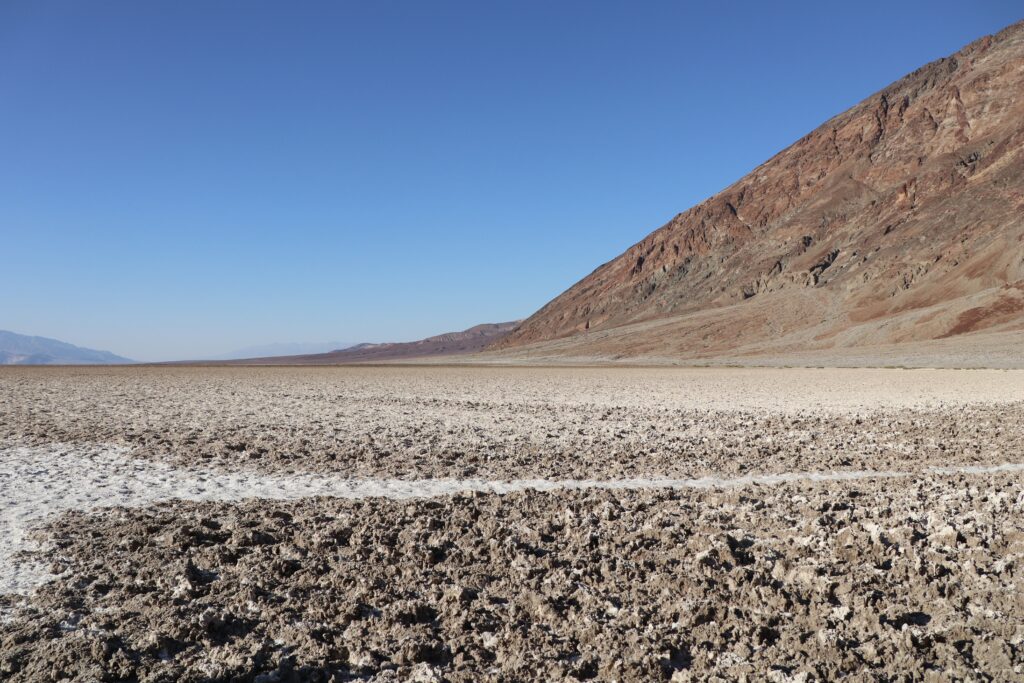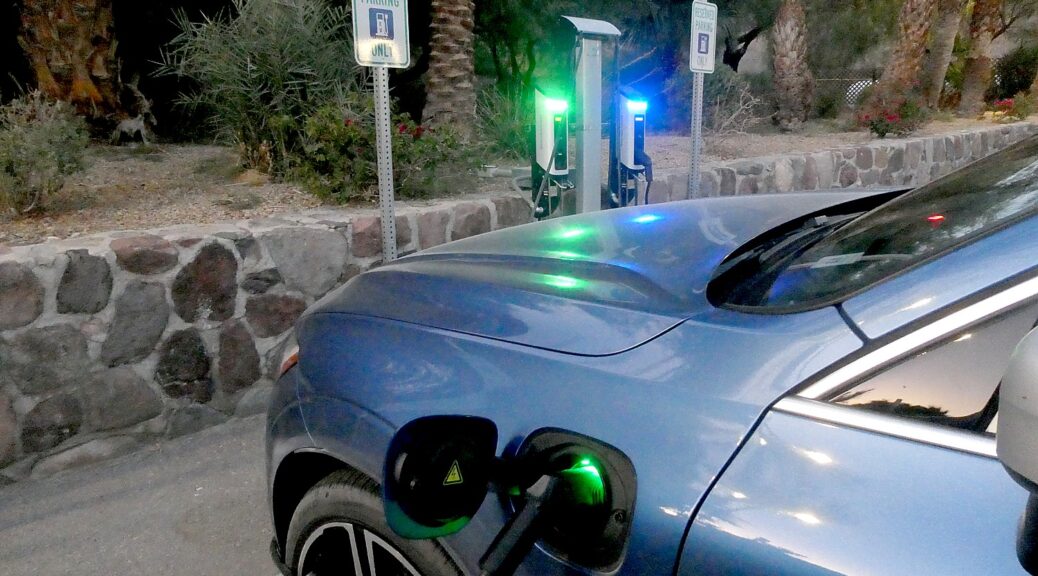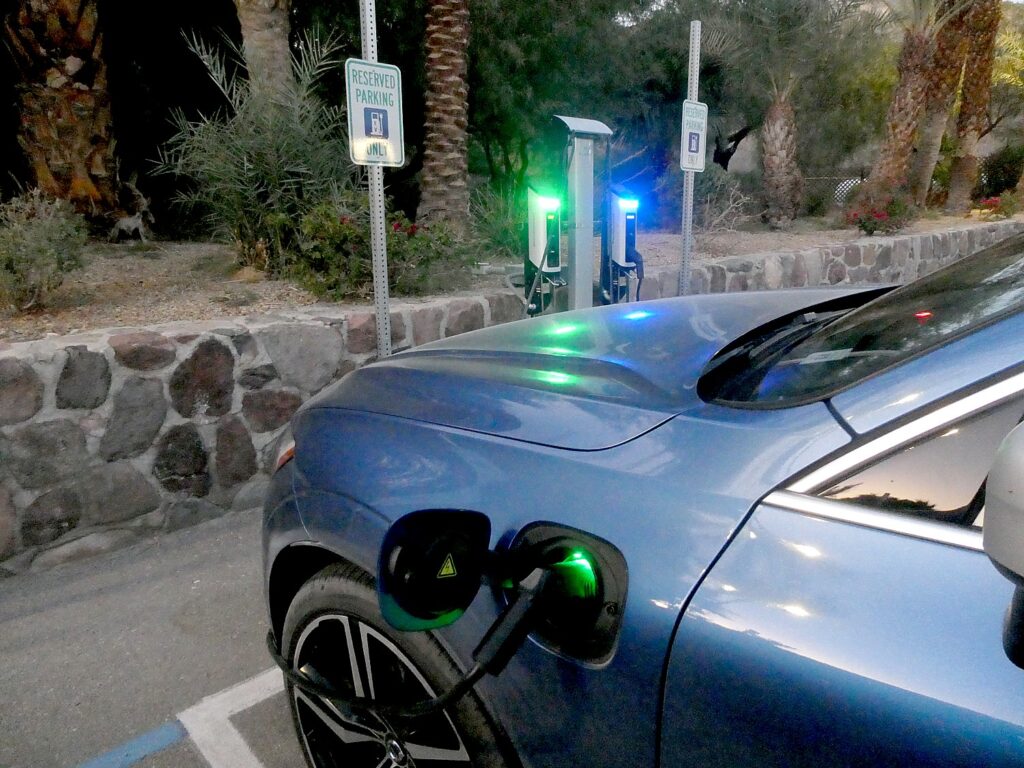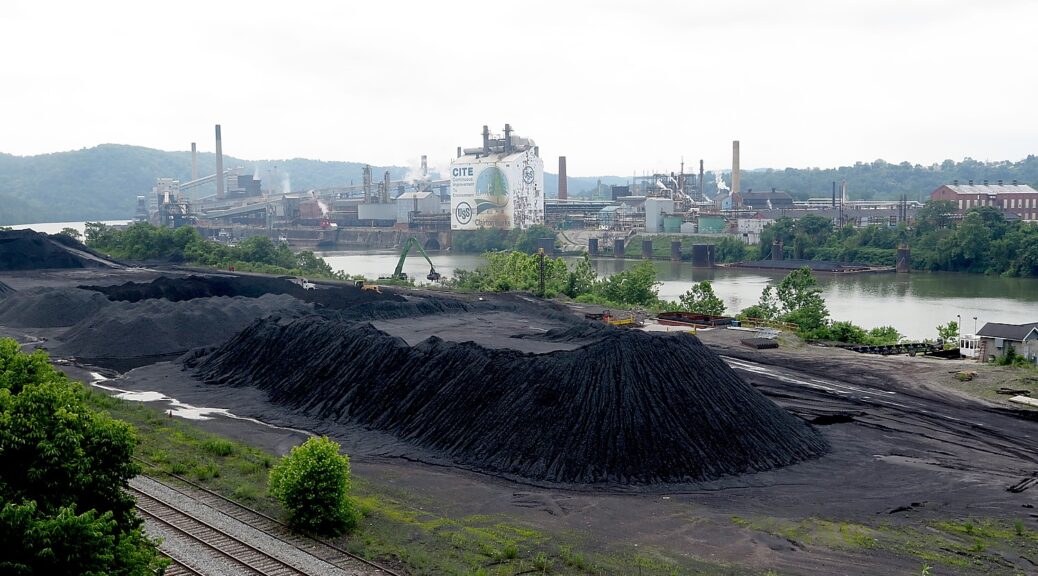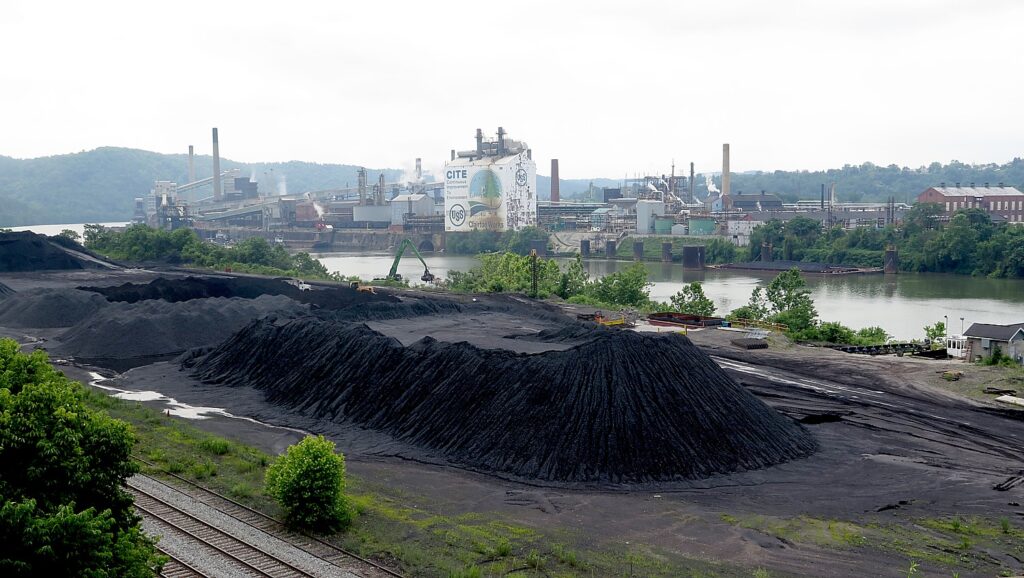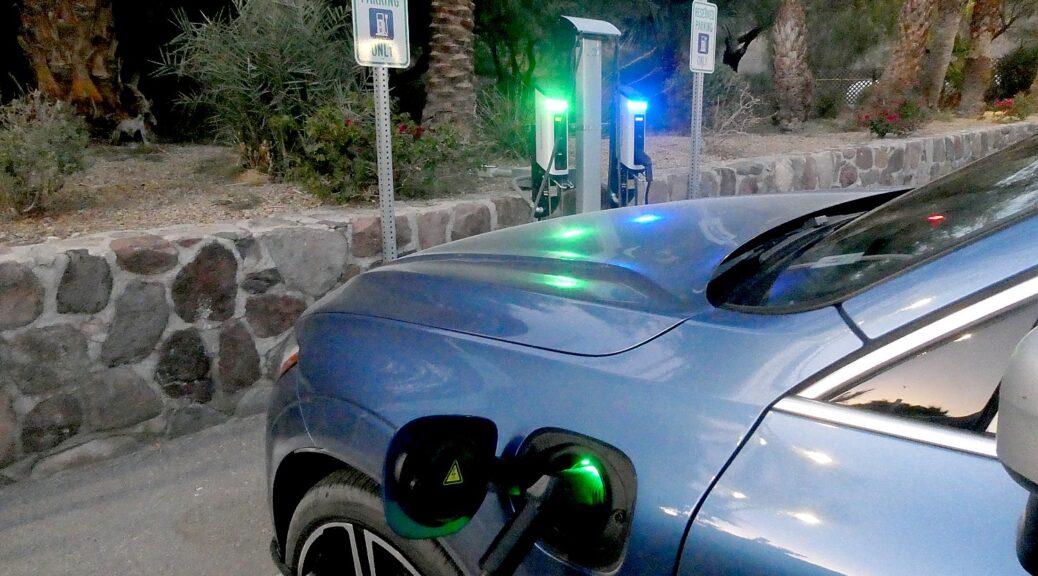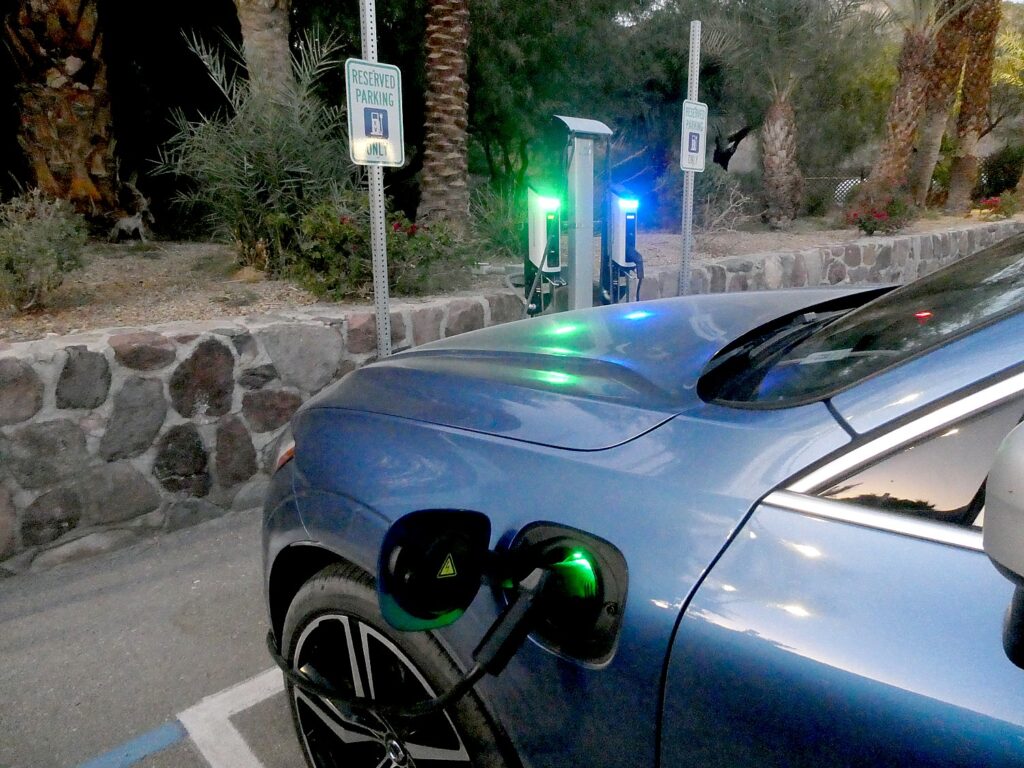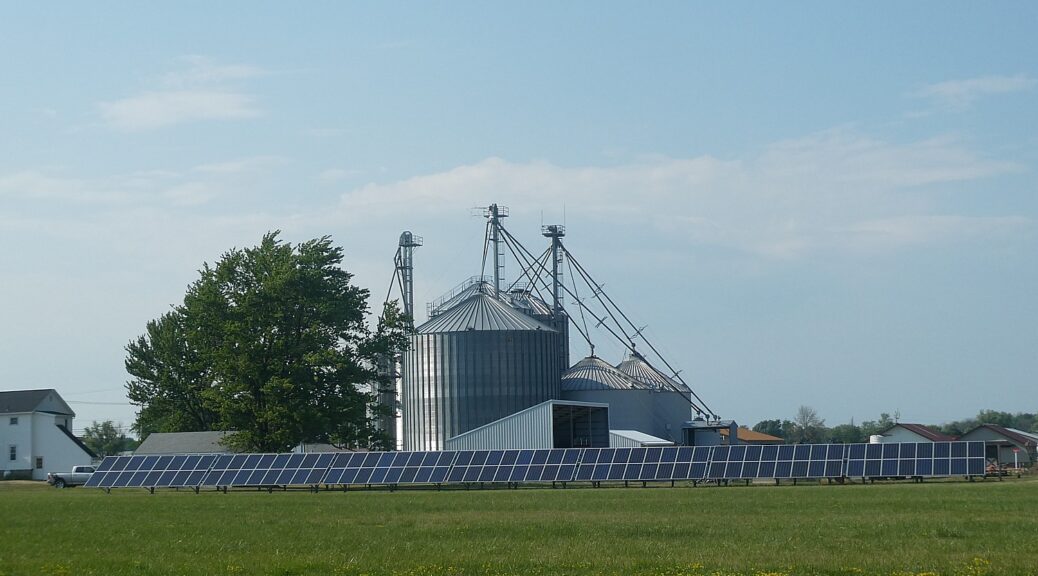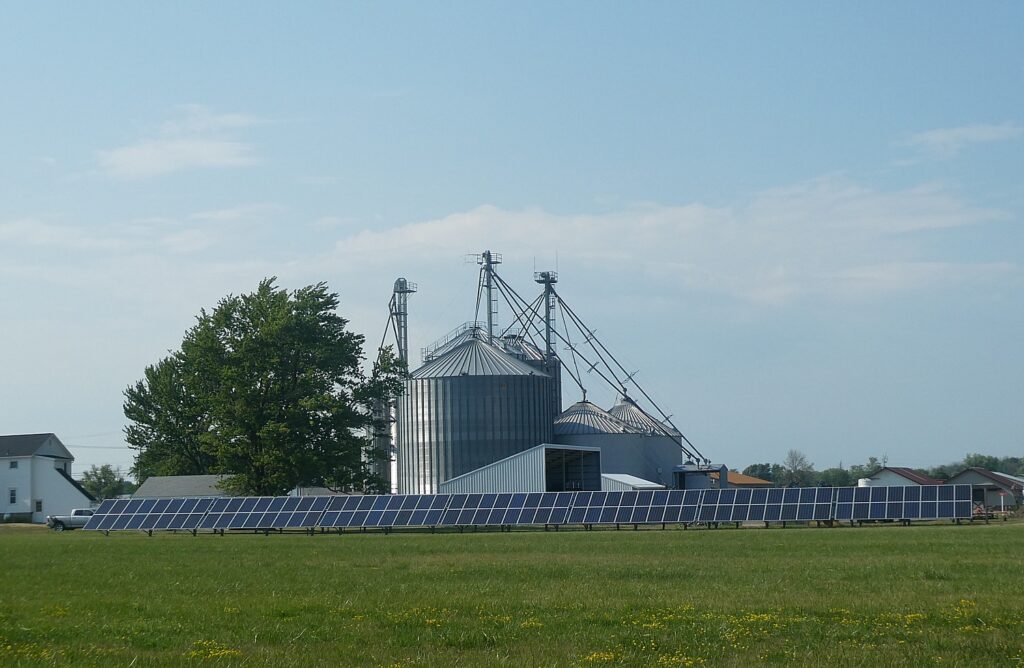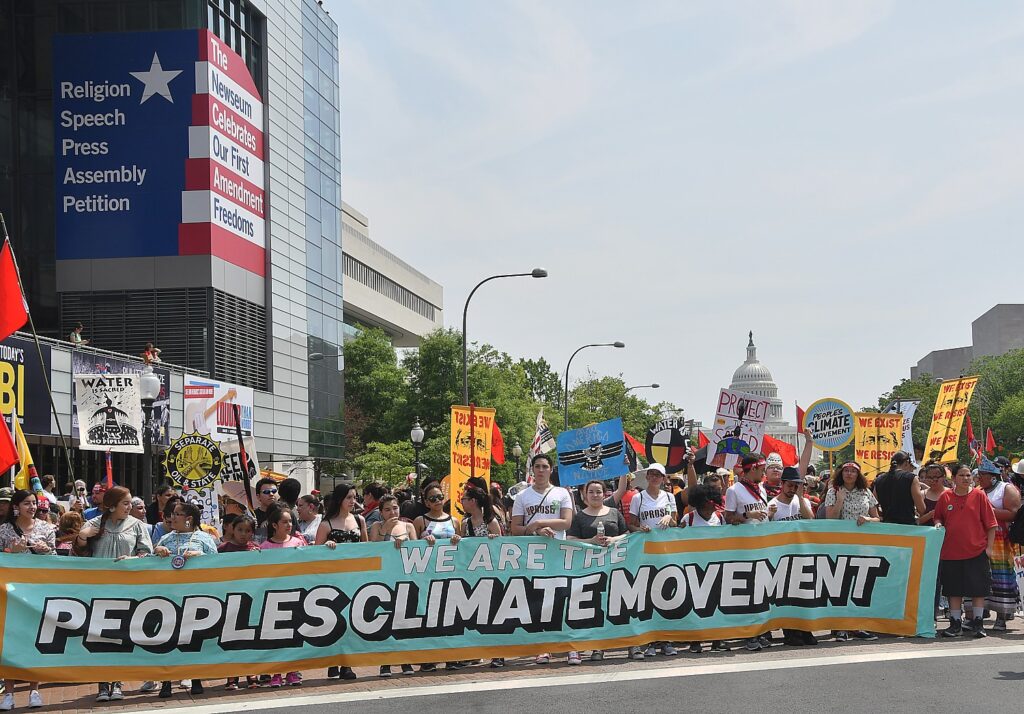
President Biden visited Philly Shipyard, where union workers are building a new offshore wind vessel as part of continued manufacturing boom—while Republicans in Congress voted to repeal the Inflation Reduction Act and continue to try to block clean energy progress. This is a fact sheet from the White House on how Bidenomics is boosting clean energy manufacturing for offshore wind, which is creating well-paying union jobs in America that cannot be outsourced, while advancing the transition to a clean-energy economy to stem the existential impacts of climate change—Karen Rubin/news-photos-features.com
President Biden’s economic agenda—Bidenomics— is fueling America’s clean energy future, creating American-made products in American factories with American workers, and attracting more than $500 billion in private sector manufacturing and clean energy investments, including in the offshore wind industry. President Biden visited Philadelphia, Pennsylvania for a steel-cutting ceremony at the Philly Shipyard for the first offshore wind vessel of its kind to be Made in America and Jones Act compliant, employing over 1,000 workers across nine unions to build the vessel, using steel plates made by the United Steelworkers in Indiana, and generating an estimated $125 million of U.S. economic activity each year. This project is another example of how Bidenomics is growing the economy from the middle out and the bottom up.
Under President Biden’s leadership, the American offshore wind industry is rapidly expanding—creating good-paying union jobs across the manufacturing, shipbuilding, and construction sectors. Since President Biden took office, companies have announced 18 offshore wind shipbuilding projects as well as investments of nearly $3.5 billion across 12 manufacturing facilities and 13 ports to strengthen the American offshore wind supply chain, representing thousands of new jobs. New data released shows there are more than 4,100 companies in all 50 states that are looking to support the U.S. offshore wind industry, up 54% since President Biden signed the Inflation Reduction Act.
President Biden also announced the first-ever Gulf of Mexico offshore wind lease sale. This is the latest in a broad set of actions by the Biden-Harris Administration to build 30 gigawatts of offshore wind projects by 2030—enough to power more than 10 million homes with clean energy. A key pillar of Bidenomics, President Biden’s Investing in America agenda will help create offshore wind jobs across the country, including through tax credits from the Inflation Reduction Act to support Made in America wind turbines and ships.
However, if Republicans in Congress had their way, their states would have lost out on billions of dollars in investments, jobs, and opportunity. In Pennsylvania alone, companies have committed to invest approximately $2 billion in manufacturing and clean energy investments since President Biden took office. Yet nearly every Republican Member of the House voted again to overturn the Inflation Reduction Act’s clean energy tax credits in April 2023—doubling down on their opposition at a time when manufacturers were investing in their state.
Bidenomics is Catalyzing America’s Clean Energy and Offshore Wind Industry
As part of President Biden’s historic actions to build a clean energy economy, the Biden-Harris Administration has jumpstarted an American offshore wind industry that will strengthen the nation’s energy security, make the power grid more reliable while lowering energy costs, and reduce dangerous climate pollution. The Biden-Harris Administration’s actions to advance responsible offshore wind deployment are creating opportunities up and down the supply chain. A report released today by the Business Network for Offshore Wind shows the immense growth of the U.S. offshore wind industry since President Biden took office, with the Inflation Reduction Act catalyzing further progress:
- Since January 2021, investments in the U.S. offshore wind industry have quadrupled from $5 billion to $21.6 billion, including growth of $7.7 billion since President Biden signed the Inflation Reduction Act. These totals reflect investments across specific project lease areas as well as the supply chain, port and transmission infrastructure, and workforce development needed to support the industry.
- More than 4,100 companies across all 50 states have joined a supplier registry to express interest in providing components and services to the offshore wind industry—169% growth since President Biden took office and up 54% since he signed the Inflation Reduction Act.
- The U.S. offshore wind industry now includes nearly 1,500 contracts for work in the growing American market, growth of 272% since President Biden took office and up 47% since he signed the Inflation Reduction Act, with 90% of these contracts going to companies that are either U.S. headquartered or have a U.S. presence.
This nationwide growth reflects jobs up and down the offshore wind supply chain and across the country. For example, today’s steel-cutting ceremony at the Philly Shipyard launches the construction of the Acadia, the first-ever Jones Act compliant vessel for offshore wind subsea rock installation—a contract that was announced as a direct result of the Administration’s clean energy agenda. This vessel will be crewed by American mariners and take rocks from American quarries to protect the foundations of offshore wind projects that produce American clean energy. Additional supply chain progress includes:
- New and expanded ports and manufacturing facilities: Today the Department of Energy (DOE) published an updated map of offshore wind supply chain investments announced just since President Biden took office, including nearly $3.5 billion across 12 manufacturing facilities and 13 ports—representing major new economic opportunities across not just the East Coast, but also in the Midwest and along the Gulf of Mexico and West Coast. Under President Biden, the Department of Transportation’s Maritime Administration (MARAD) has awarded more than $100 million for port projects to support offshore wind development, through the Port Infrastructure Development Program expanded by the Bipartisan Infrastructure Law.
- Vessel construction across multiple states: Since President Biden took office, companies have also announced investments to build 18 offshore wind vessels across states including Florida, Louisiana, New York, Massachusetts, Michigan, Rhode Island, and Wisconsin. Last year, MARAD announced the designation of offshore wind vessels as Vessels of National Interest for priority consideration under the Federal Ship Financing Program. Since then, MARAD has received and advanced reviews of applications for a variety of offshore wind vessel types.
- Steel manufacturing boosts to support offshore wind industry: Recent announcements include an investment of $145 million to upgrade a steel facility in Mingo Junction, Ohio—following previously announced upgrades of $260 million for a steel plate mill in Baytown, Texas—to serve the offshore wind industry and the broader clean energy industry; a new advanced component steel facility in Baltimore that will construct and assemble offshore wind components using steel prefabricated at Maryland facilities; and an additional contract for a facility in western New York to provide specialized structural steelwork for the Revolution Wind and South Fork Wind projects.
Earlier this year at the International Offshore Wind Partnering Forum in Baltimore, White House National Climate Advisor Ali Zaidi outlined ten ways the Administration is making progress toward the goal of deploying 30 gigawatts of offshore wind energy by 2030. Recent progress made by the Biden-Harris Administration toward this goal includes:
- New Lease Areas: Today the Department of the Interior (DOI) is issuing the final sale notice for the first-ever offshore wind lease sale in the Gulf of Mexico, which will take place on August 29. This historic sale—with enough clean energy potential to power almost 1.3 million homes—will include one lease area of 102,480 acres offshore Lake Charles, Louisiana, and two lease areas totaling nearly 200,000 acres offshore Galveston, Texas. This sale will follow the Administration’s offshore wind sales in the New York Bight, Carolina Long Bay, and northern and central California, as well as yesterday’s announcement that DOI’s Bureau of Ocean Energy Management (BOEM) has completed another step in reviewing a potential offshore wind research lease in the Gulf of Maine.
- Efficient and Responsible Permitting: Earlier this week, BOEM completed environmental analysis of the proposed Revolution Wind project offshore Rhode Island. If approved, it could power more than 300,000 homes with clean energy. This permitting milestone follows BOEM’s final construction approval earlier this month for the nation’s third large-scale offshore wind project, Ocean Wind 1 off the coast of New Jersey, which is expected to create more than 3,000 good-paying jobs. Other recent progress includes draft Environmental Impact Statements for six additional projects: Empire Wind, Sunrise Wind, Coastal Virginia Wind (CVOW), New England Wind, SouthCoast Wind, and Atlantic Shores South. In total, BOEM and cooperating agencies are on track to complete reviews of at least 16 project plans by 2025, representing more than 27 gigawatts of clean energy. The Administration is holding projects to high standards for community engagement and environmental protection, including work by the National Oceanic and Atmospheric Administration (NOAA) to ensure protection of coastal and marine resources, and requiring offshore wind projects to adopt extensive monitoring and mitigation measures that reduce the potential for impacts to protected species.
- Construction Milestones: The nation’s first two large-scale offshore wind projects, approved by the Biden-Harris Administration, are both being built by union labor and achieved “steel in the water” by starting to install foundations last month. These projects will provide a wide range of benefits. For example, Vineyard Wind offshore Massachusetts will create enough clean electricity to power 400,000 homes, save customers $1.4 billion on their utility bills over 20 years, and reduce climate pollution by more than 1.5 million metric tons each year—the equivalent of taking 325,000 gas cars off the road—while creating 3,600 good-paying jobs. South Fork Wind offshore New York is using high-tech cables made in Charleston, South Carolina at a new factory, an electrical substation engineered in Kansas and fabricated in Texas, and a service operations vessel being built at shipyards in Louisiana, Mississippi, and Florida, with components sourced from across 34 states.

